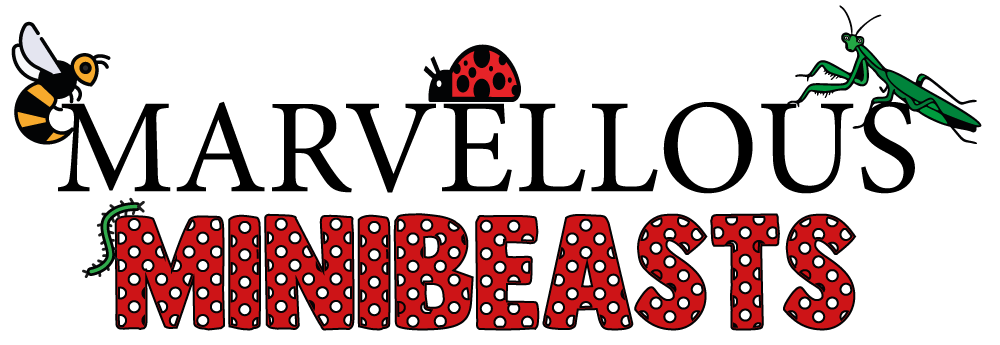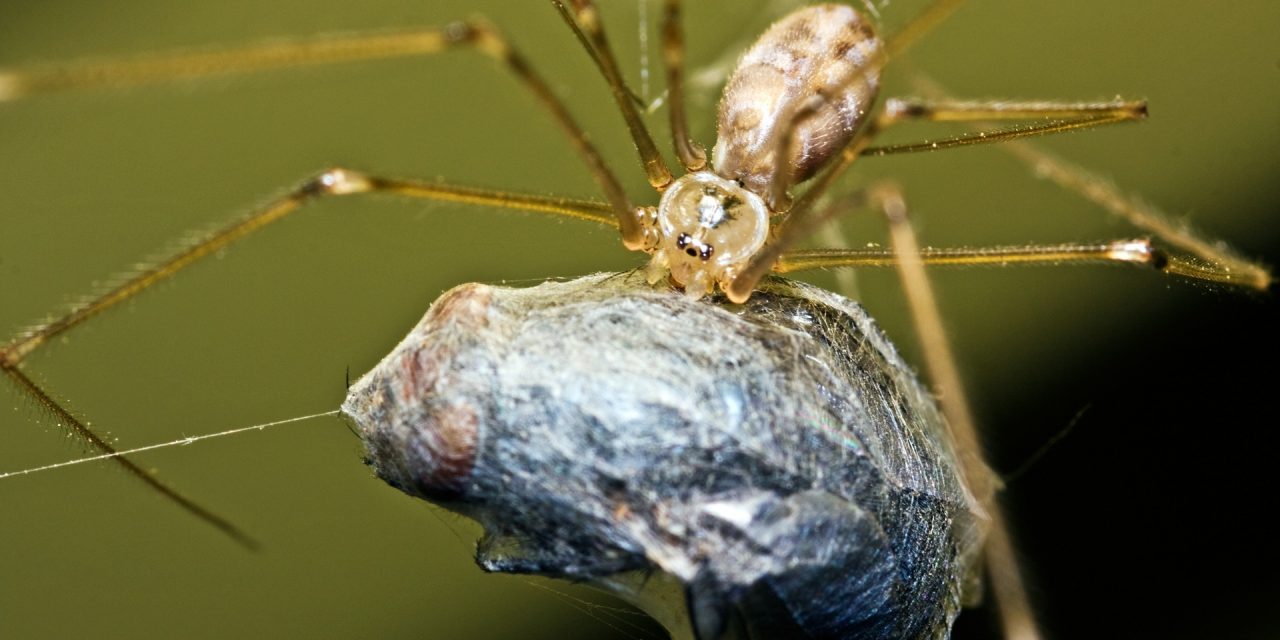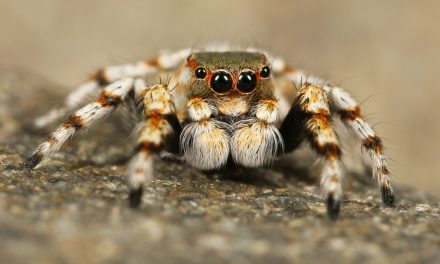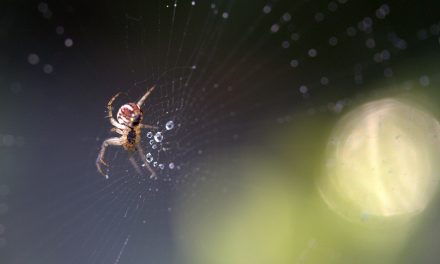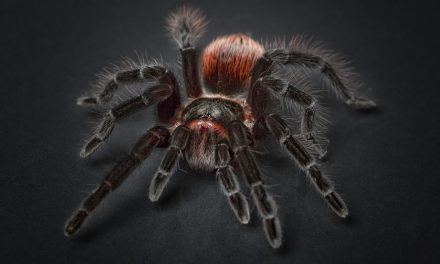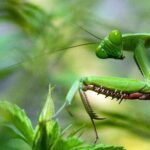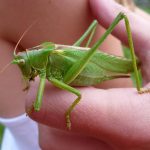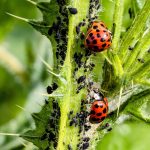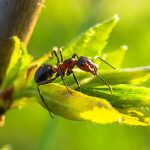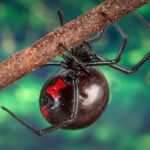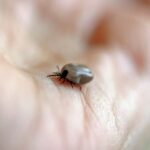If you are planning on keeping a spider as a pet, or maybe you want to feed your friendly house spider, then there are some things that you need to know. The diet of a spider is something that you will need to be knowledgeable about if you plan to keep one as a pet because without the right source of food, they will become weak and die.
The last thing that you want is to buy yourself a pet spider and not have the proper food to feed to it. Just like people, spiders need a certain type of food to keep them going, which is something that we are going to talk about in this article.
If you are wondering what you should feed to your spider, or how to do so, then you have come to the right place. We are going to tell you everything that you need to know about what to feed your pet spider.
What Do You Feed Spiders?
The majority of spiders are predators that will live on a diet of insects, but there are some other types of spiders that are much larger, and will eat small animals. Some of these animals include things like cricket, grasshoppers, lizards, frogs, rodents, or birds. The type of spider that it is will be important for identifying its food source, as the thing that they eat will depend on their size and environment.
Something that you might not have known is that there are a few different types of spiders that will feed on things that come from plants, though there aren’t many that will. When it comes to jumping spiders, there is one species that will get around 90% of its nutrients from the leaves of an Acacia tree. There is also a certain species of water spiders that will create its web under the water so that it can prey on fish. Ultimately, spiders can eat a wide variety of things, depending on the species that it is.
What Do Pet Tarantulas Eat?
A pet tarantula that is being kept as a pet will be really easy to feed, and they can live off a diet that consists only of insects. One of the most common foods to give tarantulas is crickets, and these are easy to get hold of.
Most tarantulas will only need to be fed one or two crickets per week, but some of the larger species may need more than this, up to around 6 crickets a week. The insects that you are feeding to your tarantula will need to be loaded before they are fed to your spider, which means that these insects will need to be well-fed before being used as food. There are lots of different types of commercial cricket foods to choose from, and shops where they are sold will be able to offer you some advice.
You won’t have to be concerned about feeding your tarantula too much, as it will simply eat when it gets hungry. You can remove any food that has not been eaten the next day. If you think that your tarantula isn’t eating enough, this usually isn’t a cause for concern. Some tarantulas will be able to survive for months without eating, and they might not be feeling like eating at the time.
However, one sign to look out for is a shrivelled abdomen, and if you notice that this is the case for your spider, you will need to make sure to give it food and water. This is a sign that your tarantula is not being fed enough, or that they are dehydrated.
When it comes to water, you will need to provide your tarantula with a shallow and sturdy water dish, and this should not be deeper than around half an inch. You will need to change their source of water on a daily basis. Tarantulas will get a lot of moisture from their food, so don’t worry if they do not seem to be drinking a lot.
What Do Jumping Spiders Eat?
More often than not, jumping spiders will eat flies, and this is often the most popular food source to give to them. Some of the best flies to feed them are blue and green bottle flies, which are easy to keep and will be eaten by most popular pet species. They also won’t cause any harm to your spider, even if they are sick or molting,
The only negative thing about using flies as a food source is that they can be quite hard to raise yourself, but you can get them online if you are having trouble. Usually, an order of flies will last for at least a month if you look after them.
Another type of food that you can feed to your jumping spider is newly hatched pinhead crickets, which are tiny crickets that haven’t long been hatched. Not all spiders will accept these crickets, but many will. They can often come in useful for young spiders or those that are unwell. You might need to switch your food source if your jumping spider refuses to eat them.
You can also opt for using mealworms as food, and you can easily get them at a pet store. You will need to remove any uneaten mealworms from the enclosure though, as they will grow into beetles, which can pose a threat to your spider.
What Do House Spiders Eat?
House spiders that you tend to find in your home will eat the insects that you typically don’t want to find in your house. House spiders are actually great for pest control, and they will eat things like flies, mosquitoes, moths, and other insects that get caught in their webs. Interestingly, house spiders will eat hundreds of millions of tons of insects every year.
How Often Do Spiders Need to Eat?
A spider will be able to go for weeks without eating any food at times, but this might not always be the case. They don’t typically need to eat that often, but some can eat up to four times a day if they need to. If there is food available to them, they are more likely to eat more regularly. Though, they might not get what they need regularly in the wild, so the same will apply if you are keeping them as a pet. However, it is best to feed them every few days.
Spiders will also get moisture from their food, which means that if they are not eating, it is even more important for them to be drinking water, as they will become dehydrated more easily.
How Does a Spider Eat Its Victim?
A spider has two small mouthpart appendages that are near their mouth, and these are called pedipalps. These will work to hold their prey in place while the spider bites it using its fangs. Their fangs will then inject a digestive enzyme into the insect, which will liquefy its insides. The spider will then wait for a few minutes for these enzymes to do their work before their meal is then ready.
The next thing the spider will do is drink its chosen prey, and once they have finished, they will leave behind the empty exoskeleton of the insect. This shell that has been left behind can then become a food source for other insects. Something that you might not have known about spiders is that they have a complex filtration system that works to ensure that no solids will make their way to their gut.
Can You Overfeed a Spider?
Though it is unlikely, there is a chance that your spider can eat too much food, so you should try not to feed them more than they need, just in case. If your spider does eat too much, they can become at risk of an abdomen burst if they were to fall from a distance.
It is also possible for you to underfeed your spider, even though they can often go for quite a long time without food. You should always pay close attention to your spider, and if you notice that they have a crumpled abdomen, they need more food.
Where Can I Get Food for My Spider?
Owning a spider is becoming increasingly popular, which means that there are lots of places for you to find food for them. You could simply hunt for your own insects to feed your pet, as long as they are from areas that are free of pesticides, but this can become difficult and time-consuming. Alternatively, you can purchase the relevant insects at a variety of pet stores.
Do Spiders Need to Drink Water?
Yes, spiders do need to drink water, and you should provide your spider with fresh water on a daily basis. Smaller spiders will suffice with a small amount of water, like from a bottle cap, but larger spiders may need a shallow bowl of water. Spiders do also get some moisture from their food.
